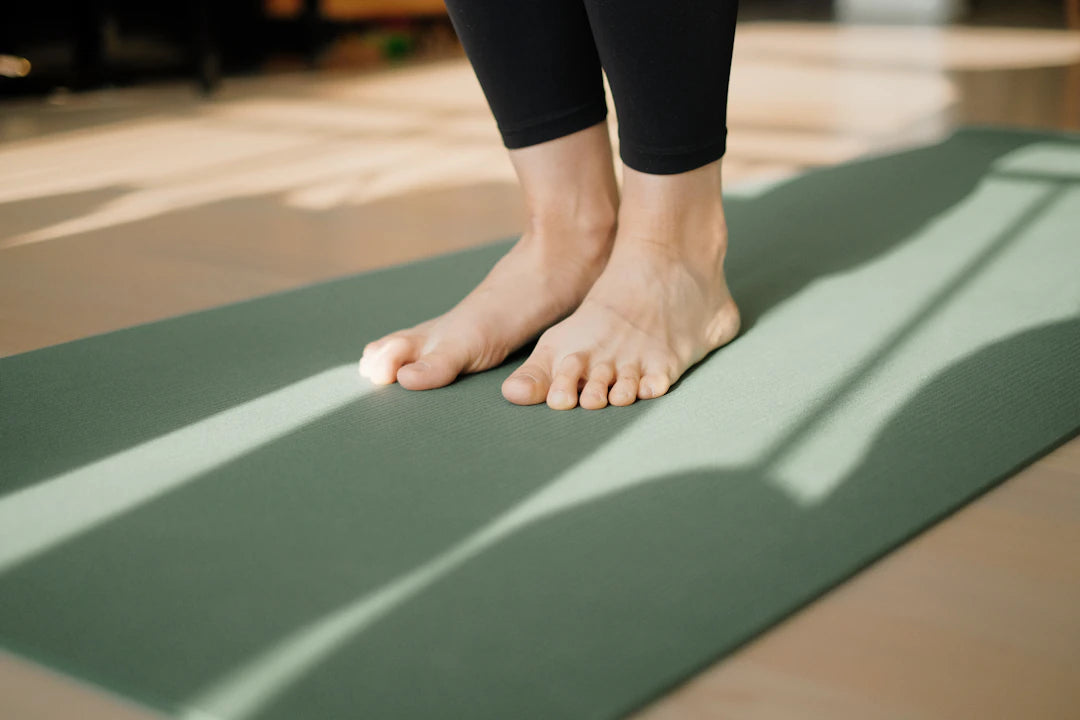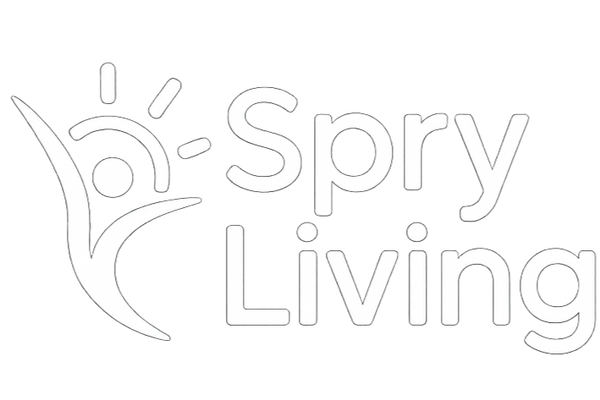
Gentle Fitness: Low Impact Workouts and Nutrition for All
Share
Overview
This blog provides guidance for seniors on maintaining an active lifestyle through low impact workouts and a nutrient-rich diet. It covers various exercise options like walking, chair exercises, yoga, and water aerobics, along with dietary tips such as emphasizing whole foods, staying hydrated, and managing portion sizes. The article also addresses common challenges seniors may face, including joint pain and motivation struggles, and offers steps to create a personalized fitness routine. Overall, it emphasizes the importance of combining physical activity with healthy eating for improved overall wellness.
Frequently Asked Questions
1. What are low impact workouts for seniors?
2. What types of low impact workouts are recommended for seniors?
3. Why is a nutrient-rich diet important for seniors?
4. How can seniors stay motivated to exercise regularly?
5. What challenges might seniors face when starting a fitness journey?
For seniors looking to maintain an active lifestyle, combining low impact workouts with a nutrient-rich diet can serve as a powerful duo for enhancing overall health. Navigating the landscape of exercise can sometimes seem overwhelming, especially with common challenges such as joint pain, balance issues, and motivation struggles. However, the journey towards health and wellness doesn’t need to be complicated. Instead, it can be a gentle exploration into better habits that elevate both body and mind. In this blog post, we’ll delve into some effective low impact workouts for seniors and the importance of complementing them with nourishing food choices.
Understanding Low Impact Workouts for Seniors
Low impact workouts are designed to lessen the stress on joints while still providing meaningful health benefits. These workouts can be particularly beneficial for older adults who may be dealing with arthritis, osteoporosis, or general age-related stiffness. Engaging in regular low impact exercises can improve flexibility, strengthen muscles, and enhance cardiovascular health without risking injury. Here are some popular options:
Walking
One of the simplest and most accessible forms of exercise is walking. Walk around your neighborhood, at a local park, or even in your home. It's a great way to get moving, and you can easily tailor the duration and intensity to match your current fitness level.
Chair Exercises
Just because you want to remain active doesn’t mean you have to stand! Chair exercises are ideal for seniors experiencing balance issues or those who need extra support. Simple movements like seated leg raises, arm lifts, and gentle twisting can engage different muscle groups effectively.
Yoga and Pilates
Gentle yoga or Pilates can greatly improve flexibility and stability. Many classes are designed specifically for older adults, incorporating movements that promote gentle stretching and muscle toning without straining the body. These practices also focus on breathing and relaxation, which can help alleviate stress and anxiety.
Water Aerobics
If you’re near a pool, consider taking part in water aerobics. The buoyancy of the water supports your body, reducing impact during movements while still creating resistance to build strength. It’s an enjoyable way to socialize too!
Nourishing Your Body with a Nutrient-Rich Diet
While engaging in low impact workouts for seniors is vital, what you put into your body is just as important. A well-balanced diet, rich in nutrients, can fuel your workouts and enhance recovery. Here’s how to build your plate:
Emphasize Whole Foods
Focus on incorporating whole foods into your diet, such as fruits, vegetables, whole grains, lean protein, and healthy fats. These foods provide essential vitamins and minerals that support overall health, boost immunity, and aid in healing and recovery after exercise.
Stay Hydrated
Drinking plenty of fluids is essential for everyone, especially seniors. Dehydration can lead to fatigue, dizziness, and decreased physical performance. Remember to drink water throughout the day and consider hydrating foods like cucumbers and oranges as part of your meals and snacks.
Portion Control
As metabolism changes with age, it’s important to adjust portion sizes. Focus on smaller, balanced meals that include a variety of food groups. This practice can help maintain a healthy weight without feeling deprived or overly restrictive.
Boost Protein Intake
Maintaining muscle mass is crucial, particularly as we age. Incorporating good sources of protein such as fish, chicken, beans, legumes, and dairy into your diet can help preserve muscle and support recovery post-exercise.
Facing Common Challenges
Starting a fitness journey at any age can come with challenges. Here are some common hurdles you might face as a senior looking to incorporate low impact workouts and a healthy diet into your life:
Joint Pain
If you experience joint pain, certain movements may be uncomfortable or painful. Low impact workouts paired with gentle stretching can help alleviate tension and improve joint mobility. Always listen to your body and consider consulting with a fitness instructor who specializes in senior health.
Balance Issues
Balance can decline as we age, making it crucial to incorporate balance-building exercises into your routine, such as Tai Chi, standing on one leg (while holding onto a support), and using gentle movements in yoga. Most importantly, make sure you have a safe environment to workout and don’t hesitate to use aids like a cane or walker if needed.
Motivation Struggles
Staying motivated can feel daunting. It may be helpful to set small, attainable goals. Finding a workout buddy can offer encouragement and accountability. Plus, celebrating small victories, whether it’s completing a workout or making a nutritious meal, can be a great motivator!
Creating a Gentle Fitness Routine
To reap the benefits of both low impact workouts and good nutrition, it’s advisable to create a simple, enjoyable routine. Here’s a step-by-step guide to help you get started:
Step 1: Set Realistic Goals
Identify what you hope to achieve, whether it’s improving your endurance, flexibility, or overall wellness. Be specific but reasonable about your goals.
Step 2: Schedule Your Workouts
Consistency is key! Set aside dedicated times for your workouts each week, just as you would for any important appointment. Aim for at least 150 minutes of moderate-intensity activity each week, which can be broken up into smaller sessions.
Step 3: Plan Your Meals
Take some time weekly to plan your meals. Incorporate a variety of colorful fruits and vegetables, lean proteins, and whole grains. Having a meal plan can help avoid the temptation of less healthy options.
Step 4: Track Your Progress
Keep a simple journal of your workouts and meals. Logging your experiences can provide insight into what works best for you and offer motivation as you see your improvements.
More Than Just Physical Health
It's essential to remember that combining low impact workouts for seniors and a nutrient-rich diet contributes to overall wellness, including mental and emotional health. Exercise releases endorphins, often referred to as “happy hormones,” which can improve mood and alleviate anxiety. Moreover, gathering with friends for a class or preparing meals together can foster social connections, further enhancing your quality of life.
Your Path to Wellness Awaits!
Embracing low impact workouts combined with a nutrient-rich diet is a phenomenal way to boost your health as you age. By noticing and addressing the unique challenges seniors face, you can create a sustainable fitness journey that not only addresses your physical needs but also nurtures your overall wellbeing. Remember, it’s never too late to start moving and eating healthier. Celebrate every small step you take; every bit counts. Here’s to a vibrant, thriving chapter of life ahead!
